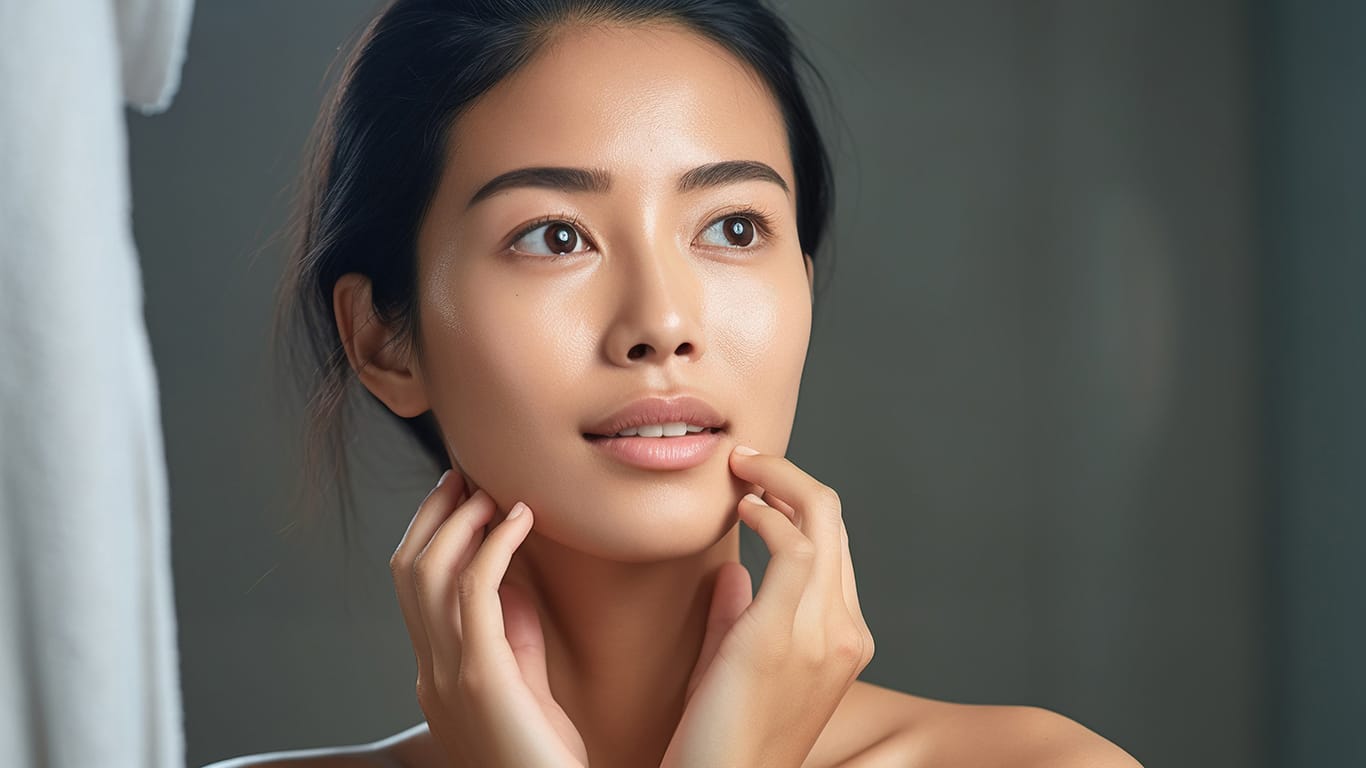The Subtle Revolution in Beauty
A few years ago, I started noticing something different about how people approached skincare and aesthetics. My social media feed wasn’t filled with overdone looks anymore. It was soft, clean, natural—faces that looked real, but somehow better rested, more balanced. That was my first introduction to Korean beauty culture, though I didn’t realize how deep it ran until later.
When I visited Seoul last year, I understood immediately. There’s a quiet dedication to skin health that runs through everyday life there. Pharmacies lined with serums, clinics open till late, and skin consultations that feel more like science labs than beauty salons. People aren’t chasing perfection. They’re chasing harmony between features. You don’t see harsh angles or exaggerated results. Everything looks polished but believable.
That mindset has started to influence aesthetic medicine worldwide. Doctors now talk about “K-beauty philosophy” as a standard for balance and restraint. Instead of trying to create a different face, treatments aim to restore what time or stress has taken away. The results are softer, more refined. It’s no surprise Korean clinics became international training grounds for doctors learning subtle techniques.
For me personally, that idea of subtle change made more sense. I never wanted to look “done.” I just wanted to look like I sleep eight hours and drink green juice daily—without actually doing either. Korean aesthetics get that balance right.
MORE NEWS: Phoenix bucket list: 25 things you must do
INDUSTRY INSIGHTS: Want more news like this? Get our free newsletter here
Skin First, Always
Before diving into any aesthetic treatment, Koreans prioritize skin health. It’s cultural. I’ve sat through skin consultations there where they spent more time discussing my moisture barrier than my wrinkles. And honestly, they were right.
Healthy skin changes everything. It holds treatments better, heals faster, and looks naturally luminous. The focus is on prevention rather than correction. Daily care routines—double cleansing, hydrating toners, sunscreen—aren’t seen as optional steps. They’re habits built over years.
This is also why Korean dermatology leads in technology. Clinics use imaging tools that measure hydration, pigmentation, and collagen density before recommending anything. It’s not about guessing what you need. It’s about data. The precision impressed me. Even small treatments, like laser toning or gentle tightening, are customized for your skin condition, not a one-size-fits-all formula.
A close friend of mine who lived in Seoul told me her first filler consultation started with a detailed skin assessment, not a syringe. The doctor explained that without good hydration and elasticity, fillers wouldn’t integrate well. That attention to detail defines Korean practice—it respects the skin’s biology first.
This philosophy extends into aesthetics too. Even filler products are designed differently. They’re softer, made to blend into tissue rather than sit above it. They move with the skin instead of fighting it. That’s the kind of innovation that explains why the world is starting to turn toward Korean dermal filler options. These fillers are built on advanced cross-linking technologies that prioritize flexibility and natural results. It’s not just about volume—it’s about integration.
The best part? Treatments look subtle even under harsh lighting. I had one light filler session during my stay, mainly for hydration. No one could tell. But I saw the difference every morning in the mirror: smoother texture, better glow. The effect wasn’t dramatic—it was believable.
The Appeal of Customization
Korean beauty’s biggest strength lies in its customization. Every treatment feels tailored. I noticed that during my first visit to a Seoul aesthetic clinic. They didn’t start with suggestions—they started with questions. About lifestyle, sleep, diet, even how often I fly. They wanted to understand what stressed my skin.
Each procedure was then planned accordingly. Peels were adjusted to my sensitivity level. Laser settings matched my skin tone precisely. Even filler types were chosen for specific facial zones, not as a single product used everywhere. That level of personalization feels comforting when you’re trusting someone with your face.
In Western clinics, I often felt treatments were product-driven—what’s popular, what’s new. In Korea, it’s skin-driven. There’s less focus on trends and more on longevity. And patients are educated too. They’re taught how to maintain results with skincare and lifestyle changes. It’s collaborative.
The doctors also emphasize proportion. Korean aesthetics value balance between facial features, not exaggeration. If you look at Korean celebrities, you rarely see overfilled cheeks or oversized lips. Everything feels cohesive. Treatments work with the natural facial structure instead of trying to reshape it completely.
When I came back home, I noticed more clinics in the U.S. and Europe starting to adopt similar principles. Even the language changed. Terms like “natural contouring,” “skin boosters,” and “harmonizing treatments” became common. The K-beauty mindset had gone global without even trying to dominate—it simply set a standard people appreciated.
The Future of Aesthetic Medicine
The influence of Korean innovation isn’t stopping at skincare or fillers. It’s reshaping how the entire industry thinks about longevity and safety. Many of the technologies now entering Western markets—biostimulatory injectables, regenerative boosters, gentle laser combinations—started in Korean labs or clinics. They test and refine constantly. It’s a culture that values improvement through precision rather than radical change.
Another big trend inspired by Korea is the merging of dermatology with wellness. Treatments don’t just target wrinkles or sagging. They also address internal balance: hydration, inflammation, and even stress-related skin aging. Some clinics combine nutritional counseling with skin therapy. It’s holistic, but without the fluff.
When I spoke to a dermatologist who studied in Seoul, she said something that summed it up perfectly: “Korean innovation is fast because it’s disciplined.” They don’t chase trends for marketing. They build on what works, and they refine it until it’s consistent. That mindset leads to technology that lasts.
Even filler manufacturers are adapting. Many global brands now mimic the flexibility and biocompatibility of Korean formulations. The goal is to create products that adapt to movement naturally. Patients today want subtlety and safety, not exaggeration. Korean brands understood that long before it became a global demand.
I’ve tried both Western and Korean approaches over the years. The difference I felt wasn’t about results—it was about comfort. Korean treatments felt gentler, more considered. My recovery time was shorter. My skin never felt stretched or overloaded. And the confidence that came from that kind of care—quiet but noticeable—stayed longer than any makeup could.
As I see it, Korean aesthetics represent a shift in mindset: beauty supported by science and respect for individuality. The future of anti-aging and skincare will follow that direction naturally because people are tired of overcorrection. They want authenticity, comfort, and results that age well.




